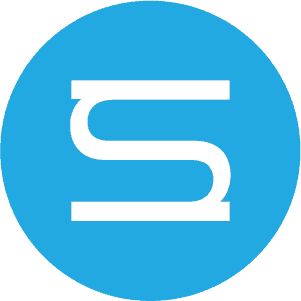In the course of the last couple of weeks, I’ve made some significant progress on my project and my website and I’ve come a long way in my understanding of the code that I’ve been trying to use. The various elements have occasionally felt a little bit eclectic as I’ve transitioned from a Codecademy course on JavaScript to doing data entry into Heurist to running up to Special Collections to get high quality scans of some of illustrations that go with the periodicals, but it’s started to come together over the course of the last week.
Much of my time since my last blog post has actually been devoted to “breaking” things. I spent an entire morning breaking the CSS for my website to figure out how to change the menu color (there were several hours where all the menus were a rather aggressive shade of laser green) until I finally figured out how to override the basic menu options (please feel free to leave any suggestions or feedback in the comments section). Then I spent the better part of two days successively breaking the JavaScript and data for the D3 visualization to figure out it’s limits and get everything to load correctly. More and more the code that I’ve been using has come to seem like a giant puzzle and the process of tweaking it and figuring out what it can and cannot do is, while a bit tedious, rather addictive.
As a result of all this breaking, I’ve been able to do some building as well. The biggest developments have been the faceted search interface that’s now up and running on my website. Through it, users can search for the articles that in the database and the bibliographic information for each article. Additionally, with a great deal of help from Nikki White in the Studio, the D3 network visualization is now working and interactive. Though there’s still quite a bit of work to do, you can see how some of the data is coming together (articles are in blue, authors are orange, and periodicals are green). Working with the JavaScript for the visualization, getting the data into the right format, and getting it to work with WordPress has been the most challenging part of this fellowship experience, but it has also been the most rewarding. Finally, getting everything to load and work together was one of the highlights of my summer.
As this experience winds down, there are a couple of key takeaways that I’ll carry with me into the next stage of my project. The first is the time distribution for any coding project is about 80% breaking the existing code, 10% consulting forums and Slack groups, and 10% actually writing code (and that’s when it’s going smoothly). The second is a reminder about the importance of collaboration in any digital project. This has been a major part of every digital project that I’ve worked on, but it’s been especially true on this one. Without the help of a wide variety of people who’ve sat down to chat with me, walk me through things, or answer my questions online, my project would exist only in a notebook (the paper kind). I would especially like to acknowledge Professor Lindsay Mattock of the SLIS department and Nikki White in the Studio for all of their help and guidance. Finally, this experience has underscored the importance of being able to devote significant periods of focused time to these types of scholarly projects. Learning the code, breaking the code, doing the data entry, re-conceptualizing my approach, and developing projects like this one would not have been possible during the academic year and I cannot thank the Graduate College and the Digital Scholarship and Publishing Studio for providing the time, support, and space for my work.
Now, back to data entry and the next visualization…
-Brady Krien
